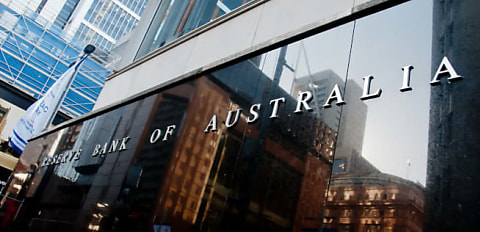The Reserve Bank of Australia (RBA) has published the minutes of the board’s monetary policy meeting from 1 August 2023 that indicated that the board acknowledged that its monetary policy tightening was “working as intended”.
According to the board, the arguments for leaving the official cash rate unchanged revolved around the fact that monetary policy had already been tightened significantly and there was now time to “wait and see how the economy evolves”.
“Members noted that the full effects of the earlier tightening were yet to be recorded in the data,” the board stated.
“Even so, consumption had already slowed significantly, there were early signs that the labour market might be at a turning point and inflation was heading in the right direction.”
The board noted that recent information on inflation was “encouraging” and “reassuring” and that the economy was expected to grow “only slowly over the period ahead” that would assist in further mitigating inflation.
However, board members agreed that further tightening of monetary policy may be required depending on further data, the evolving assessment of risk, and to ensure inflation returns to target within a “reasonable time frame”.
Commonwealth Bank of Australia (CBA) economist Belinda Allen stated the minutes affirmed the major bank’s view that “the hurdle to hike the cash rate again is high” and noted that the central bank “sound[s] more comfortable” that inflation is heading towards its target.
“From here we expect the RBA to remain on hold for an extended period at 4.10 per cent,” she added.
“The minutes note the arguments to lift the cash rate again will really come down to three things: sticky services prices, a lack of recovery in productivity growth and stronger wages growth.”
Mortgage repayments to reach historical peaks
In the RBA’s Statement on Monetary Policy (August 2023), the board projected (and further noted in the August minutes) that scheduled mortgage repayments are set to increase “to a historical high” of around 9.8 per cent of household disposable income by the end of the year.
The share of household disposable income put towards scheduled mortgage repayments increased to 9.4 per cent in the June quarter, sitting near this historical peak.
Board members acknowledged these payments were set to increase further as a high share of fixed-rate loans expire and roll onto higher rates throughout the rest of the year, while banks continued passing increases in the cash rate through to their customers.
Second consecutive hold
The RBA confirmed it would hold the official cash rate at 4.1 per cent for the second consecutive month during the August monetary policy meeting.
Outgoing RBA governor Philip Lowe said in the post-decision statement that the higher rates were working to “establish a more sustainable balance between supply and demand in the economy and will continue to do so”.
[RELATED: ‘Historical high’ for mortgage repayments projected: RBA]

